
- Home
- News
- Analysis
- States
- Perspective
- Videos
- Education
- Entertainment
- Elections
- World Cup 2023
- Features
- Health
- Budget 2024-25
- Business
- Series
- NEET TANGLE
- Economy Series
- Earth Day
- Kashmir’s Frozen Turbulence
- India@75
- The legend of Ramjanmabhoomi
- Liberalisation@30
- How to tame a dragon
- Celebrating biodiversity
- Farm Matters
- 50 days of solitude
- Bringing Migrants Home
- Budget 2020
- Jharkhand Votes
- The Federal Investigates
- The Federal Impact
- Vanishing Sand
- Gandhi @ 150
- Andhra Today
- Field report
- Operation Gulmarg
- Pandemic @1 Mn in India
- The Federal Year-End
- The Zero Year
- Premium
- Science
- Brand studio
- Home
- NewsNews
- Analysis
- StatesStates
- PerspectivePerspective
- VideosVideos
- Entertainment
- ElectionsElections
- Sports
- Loading...
Sports - Features
- Budget 2024-25
- BusinessBusiness
- Premium
- Loading...
Premium
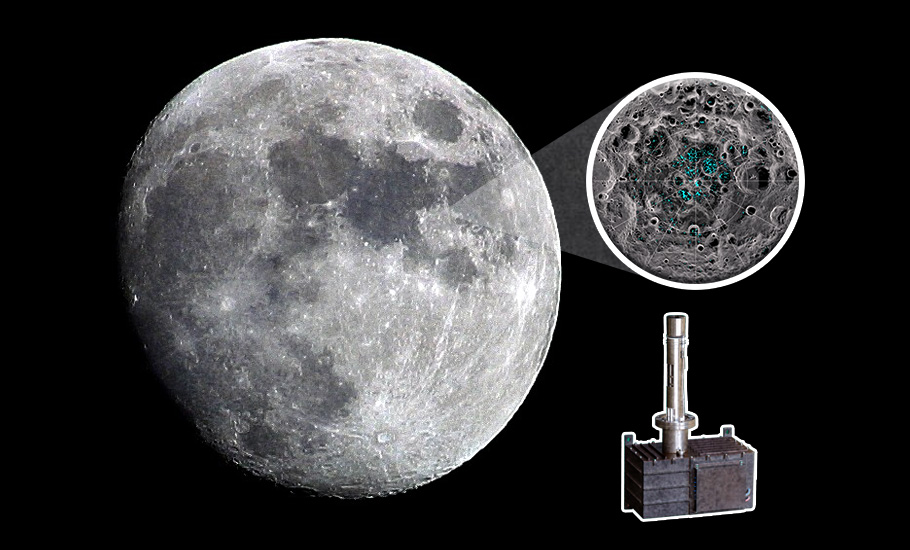
Water on the moon: Why the Indian discovery is sidelined?
With all these discoveries, the amount of water present on moon is tiny. In comparison, the Sahara desert has 100 times the amount of water.

Whodunit? The controversy on who first found water on the moon has again heated up, as NASA announced that its “Stratospheric Observatory for Infrared Astronomy (SOFIA) has confirmed, for the first time, water on the sunlit surface of the moon. This discovery indicates that water may be distributed across the lunar surface, and not limited to cold, shadowed places.” “Ours was an...
Whodunit? The controversy on who first found water on the moon has again heated up, as NASA announced that its “Stratospheric Observatory for Infrared Astronomy (SOFIA) has confirmed, for the first time, water on the sunlit surface of the moon. This discovery indicates that water may be distributed across the lunar surface, and not limited to cold, shadowed places.”
“Ours was an unambiguous in-situ detection of water on the tenacious atmosphere of the moon. ISRO’s team discovered the clear evidence way back in 2008. Yet many in the West are reluctant to give due credit,” rues Dr Syed Maqbool Ahmed, a former ISRO physicist who is now with the University of Hyderabad.
Back in 2008, he was one of the young members of the team that built the Chandra’s Altitudinal Composition Explorer (CHACE), the only instrument carried by the Chandrayaan-1’s Moon Impact Probe (MIP).
Dr Mylswamy Annadurai, then the project director for Chandrayaan-1 mission, concurs, “Under intense sunlight, water evaporates during the lunar day time, and the Moon Impact Probes (MIP)’s CHACE sniffed it during its descent path way back in 2008.”
Early findings
About 400 years ago, in what became a historic moment, on December 1, 1609, Galileo Galilei became the first person to study the uneven terrain of the moon, with mountains and craters that created light and shadows on its surface as it as the sun’s rays fell on it at an angle.
With improved telescope, features on the moon were identified and Giovanni Battista Riccioli prepared a map for the first time in 1651. If the moon had mountains, why not oceans, reasoned Riccioli, mistaking the dark regions on the moon to be oceans and named it mare, Latin for ‘seas’.
💦🌚 Water molecules were found in Clavius Crater, one of the largest craters visible from Earth on the Moon! This discovery from our @SOFIAtelescope indicates that water may be distributed across the surface, & not limited to cold, shadowed places. More: https://t.co/oIcCbbl50Y pic.twitter.com/Q5Ve6QwZJM
— NASA (@NASA) October 26, 2020
With improved resolution in telescopes, it was clear that these regions were merely basaltic plains formed by ancient volcanic eruptions on the moon — but the name stuck.
A simple recollection of school physics on boiling point tells us that lower the pressure, lower the boiling point of any liquid. Which is why water boils at a lower temperature as we go up a hill.
And any liquid starts boiling when the pressure falls below its vapour pressure. With scant air, the atmospheric pressure on the surface of the moon is what would be an incredibly good vacuum back on earth.
On the moon, there is nearly no atmosphere, and hence the atmospheric pressure is zero. Directly exposed to the emptiness of the space, water will boil on its own even at typical temperature and become water vapour in no time.
The gravity of the moon is only about 1/6th of the earth. The water vapour can escape the clutches of low gravity and slip away into space.
Moreover, the temperature on lunar surfaces can get up to sweltering 123 degrees during a lunar day and drop to biting minus 130 degrees during the lunar night. A lunar day equals roughly two earth weeks. It is not surprising that scientists, thus, assumed moon to be dry as a bone.
Cold storage
An inkling of doubt emerged around the 1950s. By then, astronomers had identified that some areas near the lunar poles never receive sunshine. As the moon takes 30 days to revolve around its axis, a lunar day lasts about 15 days followed by 15 days of night-time.
At the lunar equator, the sun comes overhead once in a lunar day. The moon’s axis is tilted at 1.6 degrees. Therefore, at the lunar poles, sun appears only at the horizon throughout the lunar day.
Further, even a small boulder will cast a long shadow at the poles, just as the morning or evening shadows on earth. Likewise, the raised rim can easily block sunlight from entering the crater. Such places which are eternally dark are called as permanently shadowed regions (PSRs). These regions are not only dark; without sunlight, they are frigid cold.
Bereft of sunlight, these regions are some of the coldest places in the solar system. Scientists computed that the temperature in some of these places could be as low as minus 249 degrees, colder even than the surface of distant Pluto.
In these cold traps, scientists speculate that chemicals like water, sulphur dioxide, carbon dioxide and hydrogen chloride could remain frozen — perhaps for billions of years, like sitting in a deep freezer.
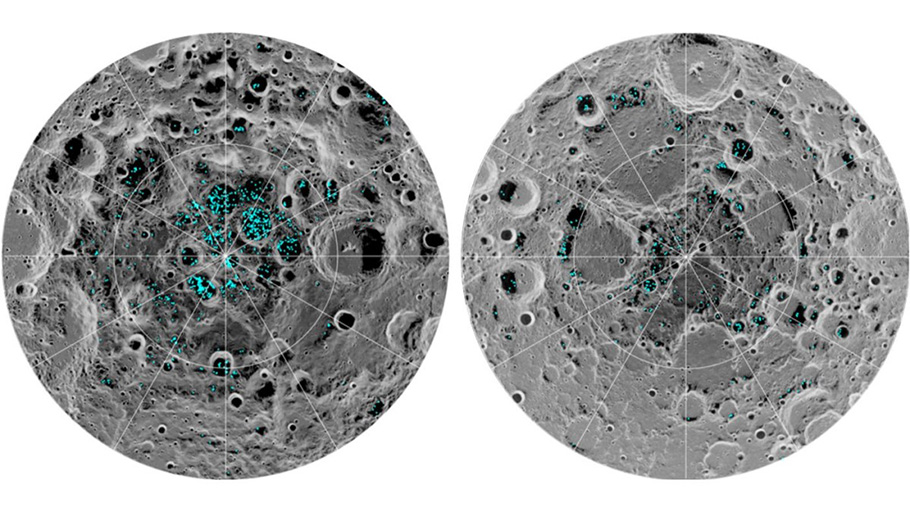
How the moon got its water?
Scientists have three conjectures as possible sources of water on the moon. We have comets and asteroids to thank for earth’s water, and perhaps they are the primary source of water on the moon.
Comets are ‘dirty’ snowballs with a mixture of water, rocks and dust. About 20 snow comets, each weighing 20–40 tons each crash into the earth’s atmosphere every minute. They bring 45,000 tons of water every day!
During the early history of the solar system, there was an abundance of such water-laden comets and asteroids. There has been a constant bombardment of such comets on earth, moon and other planets.
Drop by drop, water brought by the comets accumulated on earth. The craters that pockmark the surface of the moon came from these impacts. These icy rocks falling from the sky could accidentally crash into the cold traps on the moon and remain as solid ice for ages.
Further, when it falls on say equatorial region, some water could seep into the lunar subterranean and get trapped moistening the lunar soil.
Secondly, water could have come out of its interior during its early formation phase. Most of the water reaching the surface would have evaporated. However, water some water could remain trapped in between the soil spaces, or remain as solid ice in the permanently shadowed regions.
Thirdly, the reaction between oxygen and hydrogen on the surface of the moon could create water molecules. The lunar surface is rich in oxygen in the form of various oxide minerals.
Sun emits solar winds rich with protons, which fall like steady stream on the surface of the moon. On earth, the magnetic field deflects these solar winds, but the moon, with no appreciable magnetic field, has no protection. Some of these protons that are ionised hydrogen get absorbed and react with the oxygen in the lunar soil producing either water molecule (H2O) or hydroxyl (HO).
These reactions occur only during the lunar day when the solar wind bombards the lunar surface. Some of this water can seep into the underground lunar soil too.
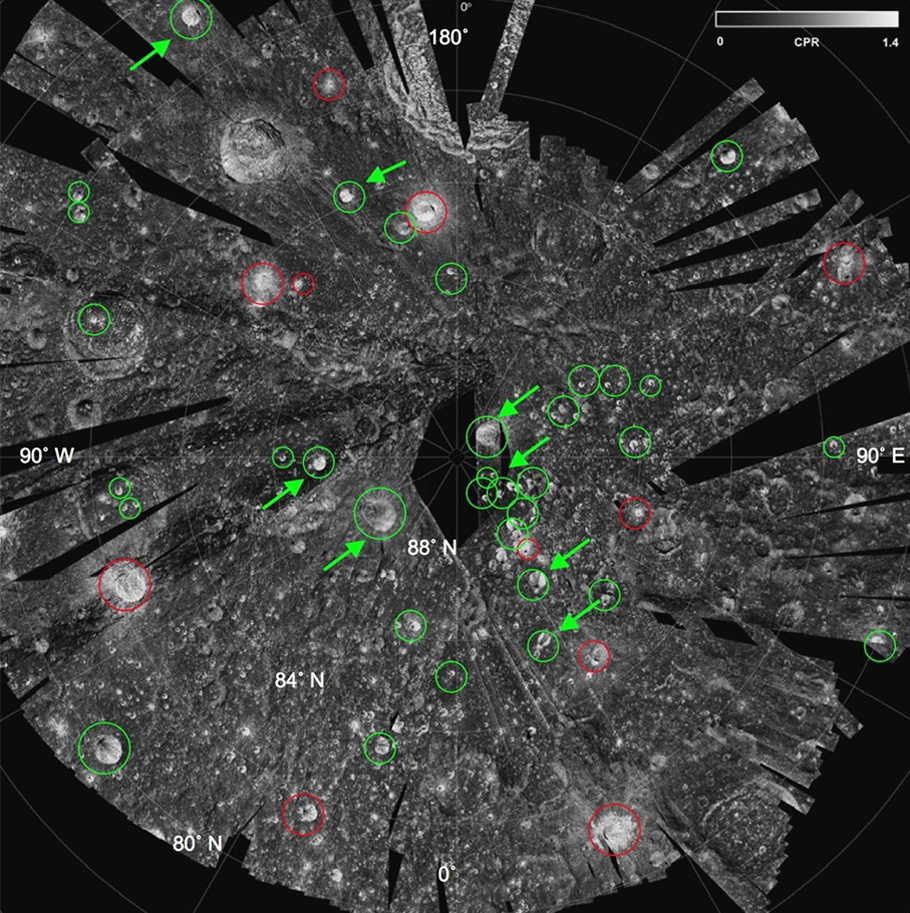
The hunt for water
During the 1960s and 70s was the first honeymoon. Starting from the Soviet Luna-2 mission in 1959, a slew of crewed and robotic missions was launched to explore the moon. The US Apollo mission brought back 300 kg of lunar rock samples.
However, lunar dust had clogged the seals, prevented the containers from closing and sealing correctly. Hence, when these samples showed very weak signatures of water, they dismissed it as terrestrial contamination.
Apollo 17 carried a mass spectrometer, called the Lunar Atmospheric Composition Experiment (LACE). Each molecule as a particular ‘mass’. For example, one oxygen having an atomic mass of 16 and two hydrogens each having an atomic mass of one each combines to produce water H2O, having an atomic mass of 18.
The mass spectrometer gathers small amounts of the gases, ionises each of the molecules and uses an electrical and magnetic field to deflect these ions.
You need more force to move a heavy car, as compared to a lighter bicycle. Likewise deflecting a carbon dioxide with an atomic mass of 40 will take more force than a water molecule with 18 atomic mass.
By identifying the masses of various ions in the sample, the mass spectrometer can determine the molecules present in the sample. The composition of the lunar atmosphere was thus studied using LACE.
The instrument was operational for more than 10 months, yet it did not find any evidence of water. It was based upon these pieces of evidence that most American geologists argued for long that Moon is a bone-dry place.
Incidentally, the Soviets were also collecting Moon samples and bringing them back to earth. In what was to become the last lunar mission of the Soviet Union, and the final soft-landing mission on the moon in the 20th century, Soviet Luna-24 robotic mission collected a core sample.
Blasting off on August 9, 1976, the Luna 24 landed unexplored Mare Crisium. It drilled a 2-meter hole and extracted 270-gram core below the surface lunar sample. After stowing the samples safely, ensuring no contamination, the mission returned to earth on August 22, 1976.
The Soviet scientists carefully studied the samples. Analysing the samples with infrared absorption spectroscopy at about 3 µm wavelength, the Soviet scientists found the tell-tale evidence of water.
By mass, the water accounted for 0.1% of the total samples. The water signal increased as one went deeper inside the lunar soil.
The Soviet scientists also double-checked to see if the sample has absorbed water vapour from the air in the laboratory. Their test showed that the sample had had little tendency to do so.
It was clear the lunar core sample had appreciable water, meaning there was water on the moon. Yet, curiously most of the western experts never paid attention to this evidence.
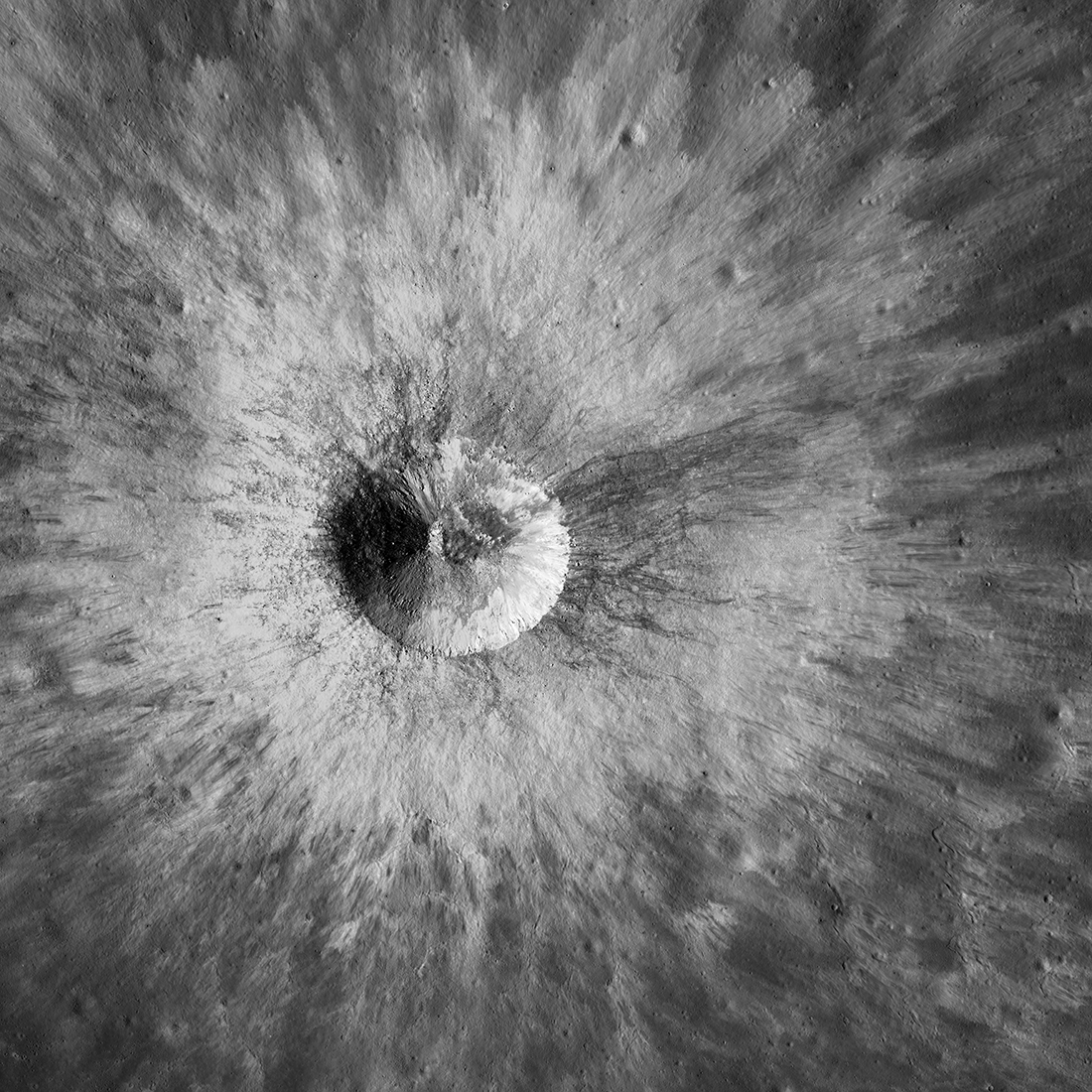
The second honeymoon
After the Luna 24, there was a lull in the lunar missions by both the Soviets and the US. After a gap of about 18 years, a space mission headed for moon was launched.
Clementine launched in January 1994 was designed to search for water on the surface of the moon. The only other mission to visit the moon in between was the Japanese Hiten spacecraft, which reached the moon in October 1991. As it was a technology demonstration mission, it carried only one instrument: a dust counter.
Clementine, being an orbiter mission, used an ingenious remote sensing radar technology. The communication instrument on the spacecraft transmitted radio waves, which bounced off the lunar surface.
The reflected radio waves were received by the Deep Space Network antennae back on earth. By analysing the radar signals, the scientist was hoping to look for ice.
The polarisation of radio waves bouncing off rocky ice shifts was distinct as compared to the polarisation of the transmitted waves. The radio waves were also transmitted into permanently shadowed regions and the nature of the reflected waves was found to be consistent with water ice.
However, the lunar surface, replete with rocks, can also mimic the same effect. Therefore, the radar evidence remained inconclusive.
Four years later, NASA sent another orbiter, called the Lunar Prospector. It carried a neutron spectrometer which can detect the abundance of hydrogen on the lunar surface. From the changes in the relative abundance of hydrogen atoms on the surface of the moon, indirectly the scientists hoped to detect water. If a particular spot had more hydrogen, it could possibly indicate hydrogen atoms from the water molecules. This exploration also did not yield any reliable evidence.
Enter ISRO
When ISRO decided to make its forays into deep-space exploration, it just had the PSLV rocket, a Nano car compared to the heavy-lift rocket vehicles of USA, Russia or Europe. Despite the lack of advanced launch vehicle, ISRO used frugal engineering to design Chandrayaan-1 mission.
The maiden Indian mission to moon was ambitious. Yet, when a presentation was made to him, the late former scientist-president APJ Abdul Kalam was not impressed.
“He asked us why not land on it when your spacecraft is going that far all the way,” recalls M Annadurai.
A team of young scientists under the leadership of Sridharan was constituted to prepare the instrument on the Moon Impact Probe.
ISRO had sought the participation of other space agencies in its Chandrayaan-1 mission. Moon Mineralogy Mapper and the Mini-SAR from NASA, and SIR-2 from the European Space Agency were part of the 11 instruments in the orbiter. One of the primary objectives of these instruments were detecting water on the moon.
The ISRO scientists also took upon this challenge. The team under the leadership of Sridharan at the Space Physics Laboratory, an R&D centre operating under Vikram Sarabhai Space Centre (VSSC), ISRO designed and developed the most sensitive Quadrupole Mass Spectrometer ever to be flown into space.
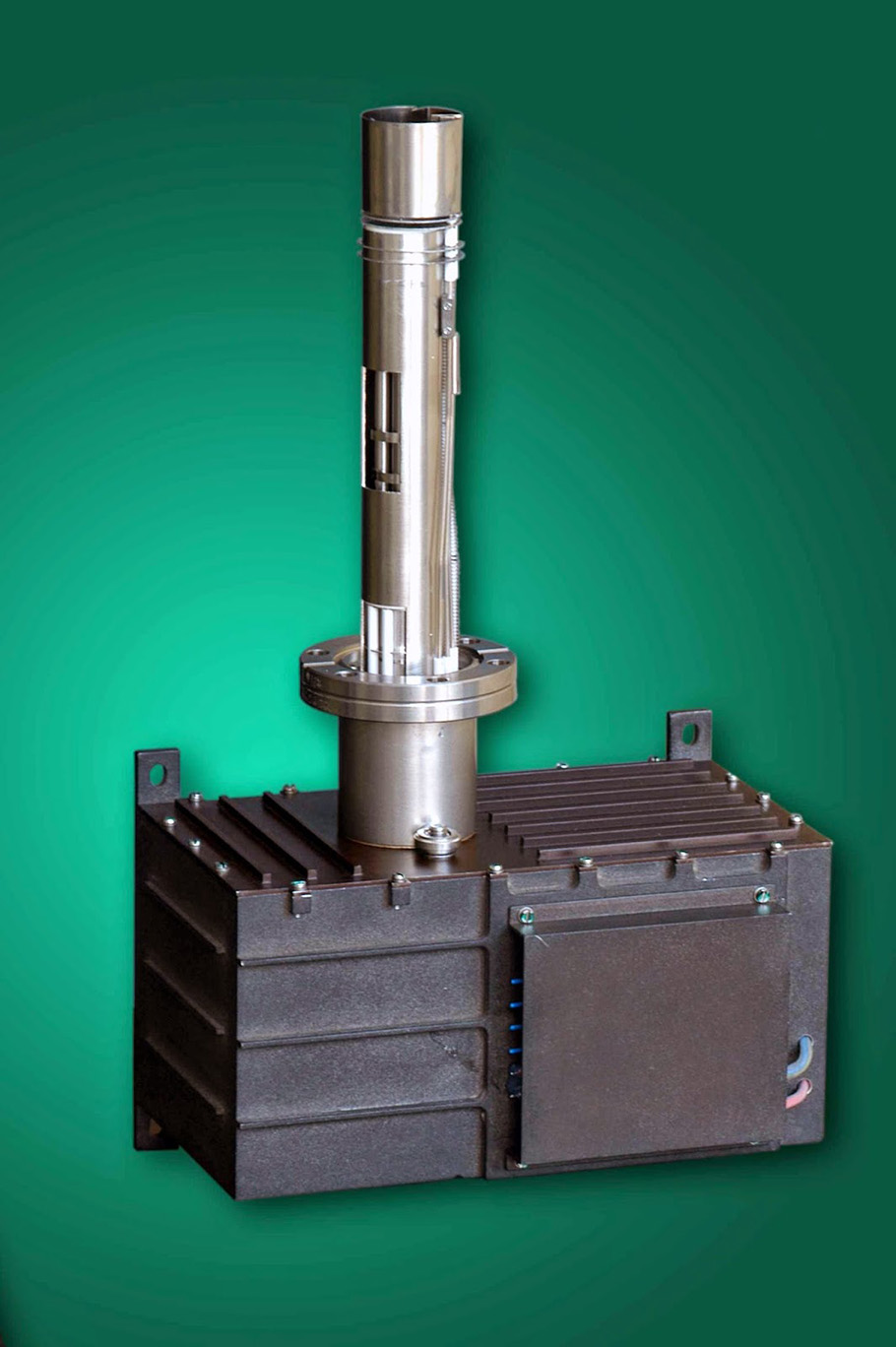
Called the Chandra’s Altitudinal Composition Explorer (CHACE), it was a state-of-the-art marvel, 10,000 times more sensitive than the mass spectrometers carried by the Apollo-17 team. The instrument was so sharp that it could measure 100,000 particles in a volume of a cubic centimetre. It could detect a molecule of one atomic mass to 100 atomic mass unit. The detector system could measure currents as small as femto-amperes (a billionth of a millionth (10-15) of an ampere).
“We took enormous efforts in designing CHACE,” says Dr SM Ahmed proudly. “We contacted Hodges who had built the LACE Mass spectrometer. We were aware that propellants or gas within the spacecraft could ‘outgas’ and contaminate the measurement. We sealed the probe sensing area, and we positioned the ‘nose’ of the CHACE on the direction of the descent of Moon Impact Probe so that there is no way that the contaminants could reach the sample area.”
Chandrayaan-1 went into the Moon’s orbit on November 8, 2008. As planned, on November 14, 2008, the MIP was detached from the orbiter at an altitude of 100 km. It took about 22 minutes for the 2,800 km-descent before it crashed near the south lunar pole.
Before crashing, it sniffed the tenacious lunar atmosphere and took 600 spectral measurements. In addition to the CHACE, the MIP had a video camera and altimeter. A video grab of the MIP crashing on the moon electrified the whole nation.
Sridharan and his young team were at the Bayalu ISRO station awaiting the signals from the CHACE. Dr SM Ahmed recalls that Sridharan started to jump around as the mass spectroscopy clearly showed the peak at atomic mass number 18.
“Water! Water in the atmosphere of the moon.”
“The moon indeed has water, and we had detected it for the first time directly,” says Dr SM Ahmed.
The tale gets murky
As is the science practice, the Indian team carefully studied the data relayed by the MIP. The buoyant Indian team submitted their findings for publication in December 2008.
Alas, neither prestigious journal Nature nor Science would accept the work. The results showed an abundance of about one crore water molecules per cubic centimetre of the lunar atmosphere.
Claiming the abundance reported by the CHACE to be too high to be accurate, the publications rejected the papers. The signals picked up by the CHACE included those gaseous species which were part of the rocket firing. This was used to raise doubt if “the data could be contaminated due to outgassing of surrounding subsystems”.
The ISRO team showed that the CHACE payload had worked immaculately well. There was no blip in its collected spectra before, during and after the firing of the de-boost motor of the MIP.
Ultimately the paper was accepted for publication by the journal Planetary and Space Sciences only in February 2010. By then, the others had staked their claims.
Meanwhile, Mineralogy Moon Mapper (M3), one of the two instruments that NASA contributed to the Chandrayaan-1 mission commenced its operation in 2009.
This instrument too picked up signals of water on the moon, and Science accepted the publication in October 2009. Later the Lyman Alpha Mapping Project (LAMP) aboard NASA’s Lunar Reconnaissance Orbiter found evidence of the presence of water frost on many permanently shadowed regions of the moon.

Like Chandrayaan-1’s impact probe, LRO carried an impactor too, called LCROSS. The study of the impact plume of the moondust that the crash kicked up indicated a presence of water.
ISRO’s pioneering work was being sidelined and hushed in a conspiracy of silence. Pained, Dr SM Ahmed wrote to the journal Science, asserting the priority of the ISRO’s finding. He pointed out the M3 was not even operational on November 14, 2008, the day on which CHACE found the unmistakable signature of water on the moon. “The Science, accepting the contention has placed this e-letter linked to the M3 paper it carried,” says Dr Ahmed.
“Remarkably, all our spectra were clean, without contamination due to noise and so on. The signal to noise ratio was large. The mass spectrum clearly showed the presence of mass nos. 16, 17, and 18 representing the presence of O, OH and H2O, respectively. Yet, for some strange reasons the Western world still ignores the CHACE data and always has sidelined the work which was published much before anyone,” regrets Dr Ahmed.
In addition to the MIP, other instruments aboard the Chandrayaan-1 too indicated the presence of water on moon. The European Space Agency’s apparatus onboard Chandrayaan-1, SARA, analysed protons reflected by the lunar surface and detected the possible presence of water/hydroxyl groups in the lunar soil.
Nevertheless, all these indirect measurements suffered from one crucial handicap. It was impossible to tell if what they detected was water (H2O) or just hydroxyl groups (OH). NASA’s Stratospheric Observatory for Infrared Astronomy (SOFIA) was to resolve this ambiguity.
“SOFIA has detected water molecules (H2O) in Clavius Crater, one of the largest craters visible from Earth, located in the moon’s southern hemisphere,” says the press release by NASA. The study indicated one cubic meter of soil had around 0.34 litres of water or a concentration of 100–412 parts per million.
With all these discoveries, the amount of water present on moon is tiny. In comparison, the Sahara desert has 100 times the amount of water.
The NASA press release says, “Previous observations of the moon’s surface detected some form of hydrogen but were unable to distinguish between water and its close chemical relative, hydroxyl (OH).”
While acknowledging the beauty of SOFIA findings, Dr SM Ahmed objects the assertion that SOFIA was the first to detect the presence of H2O conclusively.
“The M3 could not distinguish between OH and H2Oas it measured the lunar reflectance spectra around 3-micron range. SOFIA solved by building a sensor at 6.15 micron and pinpointing only at H2O. However, our CHACE instrument being a mass spectrometer can detect unequivocally each atom and molecule, be it Hydrogen (H), Oxygen (O), hydroxyl (OH) or water (H2O). Therefore, our MIP data had no such ambiguity. We had detected water with our indigenous instrument much before anyone did. And it is baffling that the West is still not ready to accept it,” says Dr Ahmed.
“We wanted to prove that we can device a world class instrument, do world class science. My contention is not petty, or a cheap claim that we did it first, after someone stakes a claim. The chronology accepted by the Science e-letter clearly shows that the CHACE found unambiguous in situ evidence of water before anyone did,” Dr Ahmed clarifies.

